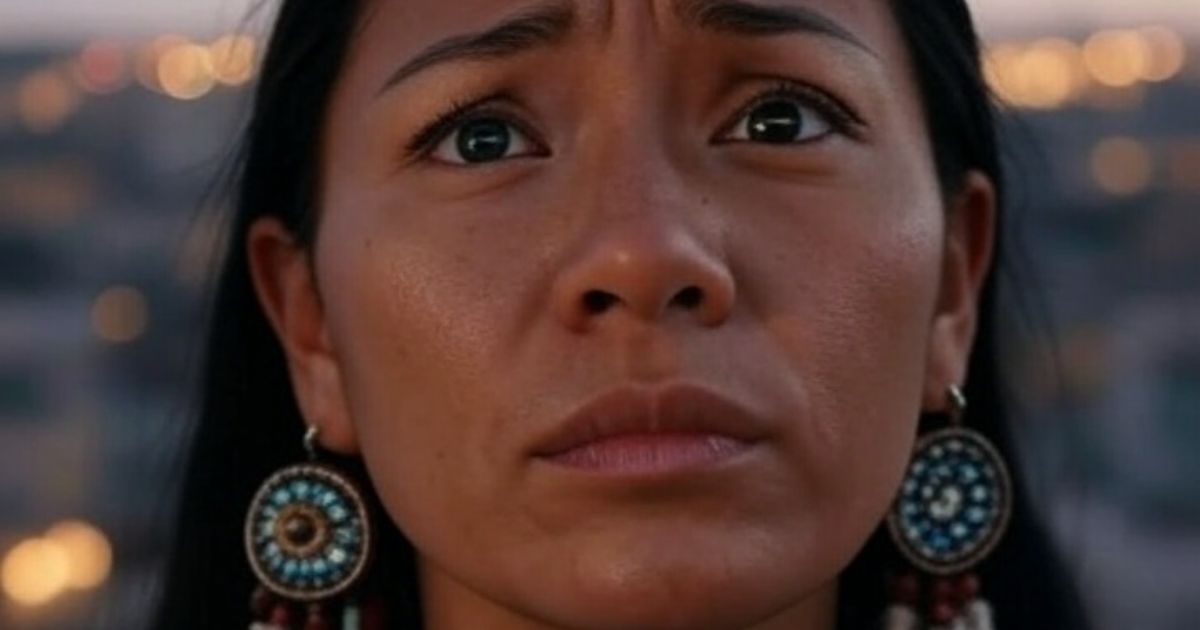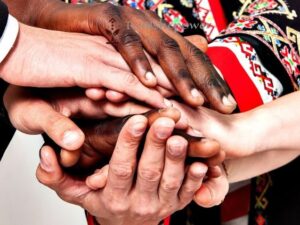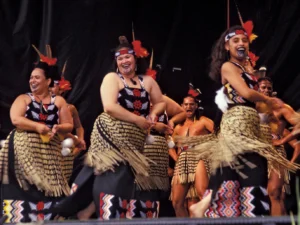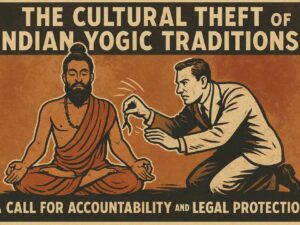In the United States, a nation that prides itself on progress and equality, an insidious epidemic persists: the pervasive violence against women and girls. From intimate partner violence (IPV) and sexual assault to femicide and the crisis of missing and murdered Indigenous women (MMIW), the scope of this violence is staggering. According to the National Institute of Justice, 1 in 3 women in the U.S. will experience some form of physical or sexual violence in their lifetime, with 1 in 6 women surviving attempted or completed rape.
The statistics are even more dire for marginalized groups, such as Native American women, who face sexual violence at rates 2.5 times higher than white women, and Black women, who are murdered at more than twice the rate of their white counterparts.
This crisis, deeply rooted in historical inequities, systemic failures, and cultural factors, shows no signs of abating despite decades of advocacy. Why does this violence persist, and what are the barriers to ending it? This report delves into the multifaceted causes, the systemic failures perpetuating the cycle, and potential solutions to address this human rights emergency.
Related Article

‘Civilize the Savage’: The Horrific Truths Behind Native American Boarding Schools
Uncover the painful history of U.S.-run boarding schools that stripped Native American children of their culture, identity, and humanity — a dark chapter that must never be forgotten.
→ Read MoreThe Scope of the Crisis
The epidemic of violence against women encompasses a range of crimes, each with devastating consequences. Intimate partner violence, which includes physical, sexual, and emotional abuse, affects 22% of U.S. women in their lifetime, with 42% of victims reporting injuries. Sexual assault remains alarmingly common, with the National Crime Victimization Survey (NCVS) estimating 232,960 women were raped or sexually assaulted in 2006 alone, equating to over 600 victims daily.
Femicide—the gender-based killing of women—is a stark indicator of the crisis’s lethality. In 2021, nearly 3 women were killed daily by intimate partners, accounting for one-third of all female homicides. The MMIW crisis further underscores the disproportionate impact on Native women, with over 5,700 cases of missing or murdered Indigenous women and girls reported in 2016, a number likely underreported due to data gaps.
Marginalized communities face heightened risks. Native American women are murdered at rates up to 10 times the national average on some reservations, with 96% of sexual assaults perpetrated by non-Native individuals. Black women face a homicide rate of 2.6 per 100,000, compared to 1.1 for white women. Transgender women, particularly trans women of color, are also disproportionately targeted, with the Human Rights Campaign documenting at least 36 transgender or gender-expansive individuals killed in 2024, though underreporting is likely. These disparities highlight how intersecting factors—race, gender identity, and socioeconomic status—amplify vulnerability.
The consequences of this violence are profound. Survivors face physical injuries, unintended pregnancies, sexually transmitted infections, and mental health issues like post-traumatic stress disorder (PTSD), with 30% of rape survivors reporting symptoms nine months post-assault. Economic impacts are equally severe, with survivors often losing jobs, housing, or educational opportunities due to the need for medical care, counseling, or legal protection. For families of missing or murdered women, the grief is compounded by systemic indifference, as cases often go unsolved or unreported.
Historical and Cultural Roots
The persistence of violence against women is deeply tied to historical and cultural factors. Colonialism played a pivotal role, particularly for Native American women. Prior to European contact, many Indigenous societies were matriarchal, with women holding significant leadership roles. Colonization introduced patriarchal systems, economic dependence, and sexual violence as tools of conquest. This legacy continues, as non-Native perpetrators exploit jurisdictional gaps on tribal lands, knowing prosecution is unlikely.
Patriarchal norms also underpin broader societal attitudes. Media portrayals often objectify women, linking femininity to victimhood or sexual availability. A 2016 study found that exposure to objectifying media, such as men’s magazines and pornography, increases attitudes supportive of violence against women. True crime podcasts and media narratives frequently dehumanize female victims, focusing on their suffering rather than their personhood, which trivializes violence and normalizes it in the public consciousness. Cultural acceptance of gender-based violence is evident in surveys like the 2018 Zambia Demographic Health Survey, which noted that 52% of women and 46% of men justified men beating women—a mindset not entirely absent in the U.S..
Economic inequality further fuels the cycle. Women in low-income communities, particularly rural areas, face higher rates of IPV due to isolation and lack of access to resources. Over 25% of rural women live more than 40 miles from an IPV help program, compared to 1% of urban women. Poverty increases dependency on abusive partners, making it harder for victims to leave. For example, housing policies with “no tolerance” eviction rules can render battered women homeless, discouraging reporting.
Related Article

America, Wake Up: Say No to Child Marriage
A sobering look into America’s overlooked issue of child marriage — and why it’s time for lawmakers and communities to take action to protect young girls.
→ Read the Full StorySystemic Failures Perpetuating the Crisis
The U.S. justice system is a significant barrier to ending this epidemic. Jurisdictional complexities, particularly on tribal lands, create a “maze” of legal gaps. The 1978 Oliphant v. Suquamish Indian Tribe decision stripped tribes of authority to prosecute non-Native perpetrators, leaving federal prosecutors—who decline over two-thirds of sexual assault cases on reservations—to handle these crimes. Only 47 of 573 federally recognized tribes have access to the Justice Department’s Tribal Access Program, limiting their ability to report crimes to national databases.
Underreporting is a pervasive issue across all demographics. Less than one-third of sexual assaults are reported annually, with some estimates as low as 5%. Victims cite fear of retaliation, shame, or distrust in the justice system as reasons for silence. A 2014 study revealed that law enforcement manipulates rape statistics to “create the illusion of success,” further eroding trust. Even when cases are reported, convictions are rare. In 2021, only 65% of U.S. law enforcement agencies submitted data to the FBI’s National Incident-Based Reporting System (NIBRS), leaving significant gaps in crime tracking.
Healthcare systems also fail survivors. Many healthcare workers are unprepared to identify or report IPV, with 68% of nurses and 58% of physicians not routinely addressing it. The Indian Health Service (IHS), critical for Native women, is chronically underfunded, operating at less than half the budget of comparable federal programs. This limits access to forensic exams and counseling, leaving survivors without timely support.
The COVID-19 pandemic exacerbated these issues. Lockdowns increased women’s exposure to abusive partners while disrupting access to shelters and helplines. UN Women reported a global surge in domestic violence calls during the pandemic, with U.S. helplines noting up to 40% increases in demand. Economic stressors and isolation created a “perfect storm” for violence, with lasting impacts yet to be fully measured.
The Role of Firearms
Firearms significantly amplify the lethality of violence against women. Abusers with guns are five times more likely to kill their victims, and 92% of women killed with guns in high-income countries are from the U.S.. Every month, an average of 70 women are shot and killed by intimate partners. Federal laws prohibit convicted domestic abusers from owning firearms, but incomplete court records and gaps in the National Instant Criminal Background Check System (NICS) allow many to retain access. This uniquely American intersection of gun culture and IPV underscores the need for stricter enforcement of existing laws.
Why the Epidemic Persists
The persistence of violence against women stems from a confluence of factors:
- Systemic Impunity: Jurisdictional gaps, underreporting, and low conviction rates create an environment where perpetrators face little consequence. For example, in nearly 4 out of 10 transgender homicide cases since 2013, no arrests have been made. This impunity emboldens offenders, particularly in communities like Native reservations, where non-Native perpetrators exploit legal loopholes.
- Cultural Normalization: Patriarchal attitudes and media portrayals normalize violence. The trivialization of rape in popular culture and the justification of abuse in some communities perpetuate a cycle of acceptance.
- Economic and Social Vulnerabilities: Poverty, isolation, and lack of access to resources trap women in abusive situations. Women with disabilities, for instance, face higher rates of IPV due to physical dependence and social isolation.
- Inadequate Resources: Underfunded services, from shelters to law enforcement, limit support for survivors. Only 5% of global government aid targets violence against women, with less than 0.2% dedicated to prevention.
- Data Gaps: Incomplete crime data, especially for MMIW and transgender victims, obscures the crisis’s scope. The FBI’s Supplementary Homicide Reports and NIBRS fail to capture gendered killings comprehensively, and misclassification of cases (e.g., as suicides) is common.
Related Article

Homicide: Leading Cause of Death for Pregnant Women
A stark look into a heartbreaking reality — why homicide has become the most common cause of death among pregnant women and what can be done to stop it.
→ Read the Full StorySolutions and Paths Forward
Ending this epidemic requires a multifaceted approach that addresses root causes and systemic failures:
- Strengthen Legal Frameworks: Restoring full tribal jurisdiction over non-Native perpetrators is critical. Expanding the Violence Against Women Act (VAWA) to cover all tribes and increasing funding for implementation would empower communities. Uniform definitions of consent and sexual assault across states could reduce disparities in prosecution.
- Increase Funding and Resources: Boosting budgets for the IHS, tribal law enforcement, and domestic violence shelters is essential. The U.N. recommends that governments allocate at least 0.2% of aid to prevention programs, a target the U.S. currently falls short of. Establishing more crisis hotlines, like the NIWRC’s Strong Hearts Native Helpline (844-762-8483), can provide immediate support.
- Enhance Training: Law enforcement and healthcare workers need mandatory training on identifying and responding to IPV and sexual assault. A 2022 investigation found that police often ignore red flags due to insufficient training. Programs like medical-legal partnerships, which integrate legal services into clinical care, have shown promise in reducing abuse rates.
- Improve Data Collection: Expanding NIBRS participation and ensuring accurate reporting of MMIW and transgender cases would provide a clearer picture of the crisis. The Tribal Access Program should be extended to all 573 federally recognized tribes.
- Cultural and Educational Interventions: Public awareness campaigns, integrated into school curricula and media, can challenge gender norms and promote healthy relationships. Engaging men and boys in these efforts is crucial, as they are the primary perpetrators. Community-based programs, like those run by the Coalition to Stop Violence Against Native Women, foster local solutions.
- Economic Empowerment: Skills training, entrepreneurship programs, and access to credit can reduce women’s financial dependence on abusers. Workplace policies addressing IPV, such as safe reporting mechanisms, are also vital.
- Address Gun Violence: Strengthening enforcement of firearm restrictions for domestic abusers and closing NICS gaps could save lives. States must ensure all domestic violence records are entered into federal databases promptly.
Voices of Resilience
Despite the grim statistics, survivors and advocates are driving change. Lisa Brunner, a White Earth Nation advocate, has spoken out about her and her mother’s experiences with abuse, highlighting the need for systemic reform. Grassroots organizations like MMIW USA and the National Indigenous Women’s Resource Center are amplifying voices and providing resources. Transgender advocates, commemorating victims like Dime Doe, whose killer was convicted in 2024 under hate crime laws, continue to push for justice. These efforts underscore the resilience of communities fighting for safety and dignity.
A National Imperative
As the International Day for the Elimination of Violence Against Women approaches on November 25, 2025, the U.S. must confront its failure to protect women and girls. This epidemic is not inevitable; it is a product of historical inequities, cultural attitudes, and systemic neglect. A whole-system approach—encompassing legal reform, increased funding, cultural change, and robust data collection—is essential. The words of UN Women’s Phumzile Mlambo-Ngcuka ring true: “Violence against women cannot be stopped with a vaccine. It requires proactive steps and collective action”. Until the nation commits to these steps, the epidemic will persist, claiming lives and shattering communities. The time for change is now.
Related Article
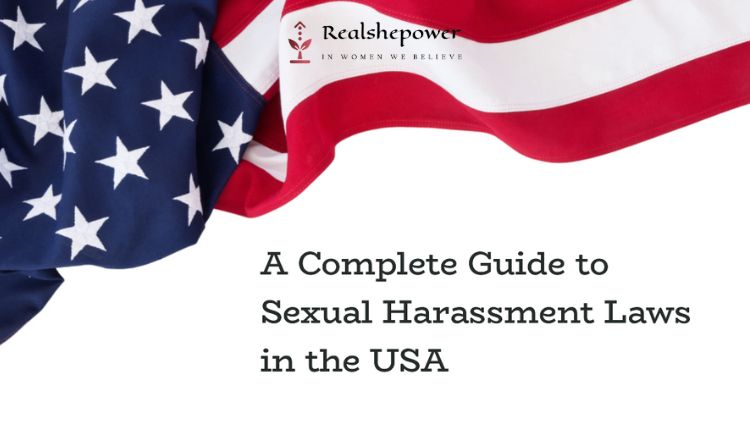
Sexual Harassment Laws in the USA
An in-depth look at the legal landscape surrounding sexual harassment in the United States — key protections, policies, and what you need to know.
→ Continue ReadingSources:
- National Organization for Women, “Violence Against Women in the United States: Statistics,” 2009
- Ballard Brief, “Domestic Violence Against Women in the United States,” 2025
- Sanctuary for Families, “The Silent Epidemic of Femicide in the United States,” 2023
- Human Rights Campaign, “The Epidemic of Violence Against the Transgender & Gender-Expansive,” 2024
- Wikipedia, “Violence against women in the United States,” 2018
- Everytown Research, “Guns and Violence Against Women,” 2019
- Reuters, “America’s deadly epidemic: violence against women,” 2022
- Ballard Brief, “The Underreporting and Dismissal of Sexual Assault Cases Against Women in the United States,” 2023
- RAINN, “Scope of the Problem: Statistics,” n.d.
- WHO, “Devastatingly pervasive: 1 in 3 women globally experience violence,” 2021
- RAINN, “Victims of Sexual Violence: Statistics,” n.d.
- Bureau of Justice Statistics, “Female Murder Victims and Victim-Offender Relationship, 2021,” 2022
- Forbes, “Violence Against Women And Girls Today: One Killed Every 11 Minutes,” 2023
